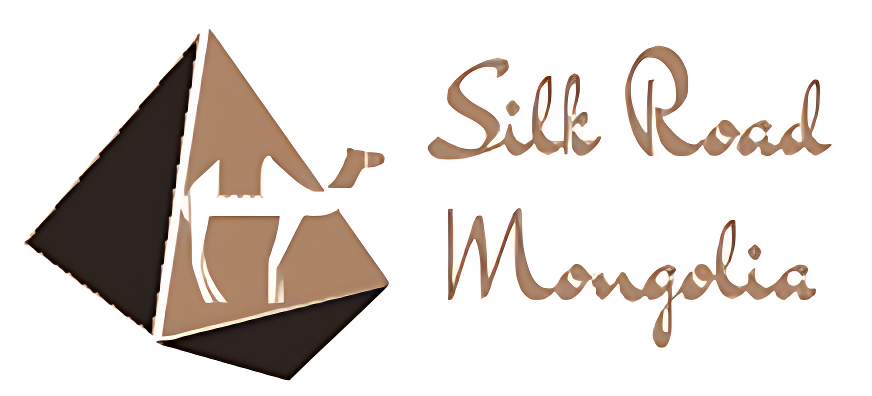Blog
Mongolian Clothing History
The Mongols are a group of nomadic people who have been in the country’s cultural and political life for centuries. As they were conquering other lands in the region, they incorporated different culture from those countries and created their own clothing style. Their distinctive clothing style and their traditional embroidery work have made them popular. This is the reason why they are included in the History of Mongolia. Here you will find some important information about their clothing history.

The people of Mongolia have their own native design to represent their cultural identity. Nomadic people move from one place to another in search of pasture and green fields. In ancient times, the Mongols people used to wear leathers with long sleeves and they called them “karamans”. These leathers protected them against the cold weather. However, as time went by, this tradition was changed and people started using cloth and began wearing clothes.
“Camel” is the name of the original breed of cattle used in the Chinese clothing. Later they were demystified and turned into sheep. People in the Far East clothing were known to be fond of choosing light colors such as blue and green. camel skin was their traditional material of the dress. They even considered it as a status symbol. Later, they switched to cloth and silk designs.
During the period of Mongolian rule, the Mongols introduced many new designs, new fashion trends, and influenced many regional styles. Thus, the whole world turned into one big market. The Minge, which was a powerful tribe, unified the people through their religious beliefs and thus, the traditional clothing and its variations were officially adopted and taught at schools and colleges all over the country. Many scholars wrote extensively about traditional clothing.
“Zhitatag”, which means to join or bind, was the official uniform of Mongolia warriors. It has a narrow collar and two buttons down the front. A full sleeve shirt with buttons in the front and a belt was also issued to each soldier. Nomads wore a leather over shirt, trousers and special sandals. The material used for clothing was wool, cotton, silk and hemp. Black, red, white, and brown were the main colors for clothing design.
Mongolia clothing history can be considered as one of the oldest in the world. Even the 12th century witnessed a significant change in clothing design. At that time, the Mongols were replaced by the Koryaks (Molosserans). A new set of design patterns was introduced, namely: animal skins, grasses and wood were using to make cloaks, tunics and ghillie suits; leather was used for boots, helmets, gloves and purses; silk became the fabric of choice for tablecloths, bedding and wall tapestries.
In general, Mongolia clothing follows four main design patterns. The most popular is the oblong shape, which was prevalent from ancient times up to the 19th century. The other patterns include the plaid, which developed in the mid-eteenth century; the checkerboard, which became very popular in the early 20th century; the chenille, which were more popular in the early part of the 20th century and which involves a floral pattern on one side and a solid design on the other; and the paisley, which are the current style. Paisley designs are characterized by geometric shapes and are quite popular with the Mongolians.
The Mongolia clothing history is quite fascinating. Although it varies slightly with time and different cultures, it can still be classified into five main categories, which include the traditional ensemble comprised of a heavy robe, a padded sleeves and breeches. Trousers were also issued to military personnel and civilians alike. The fur shawls, decorated with feathers, were traded to other parts of the world.
